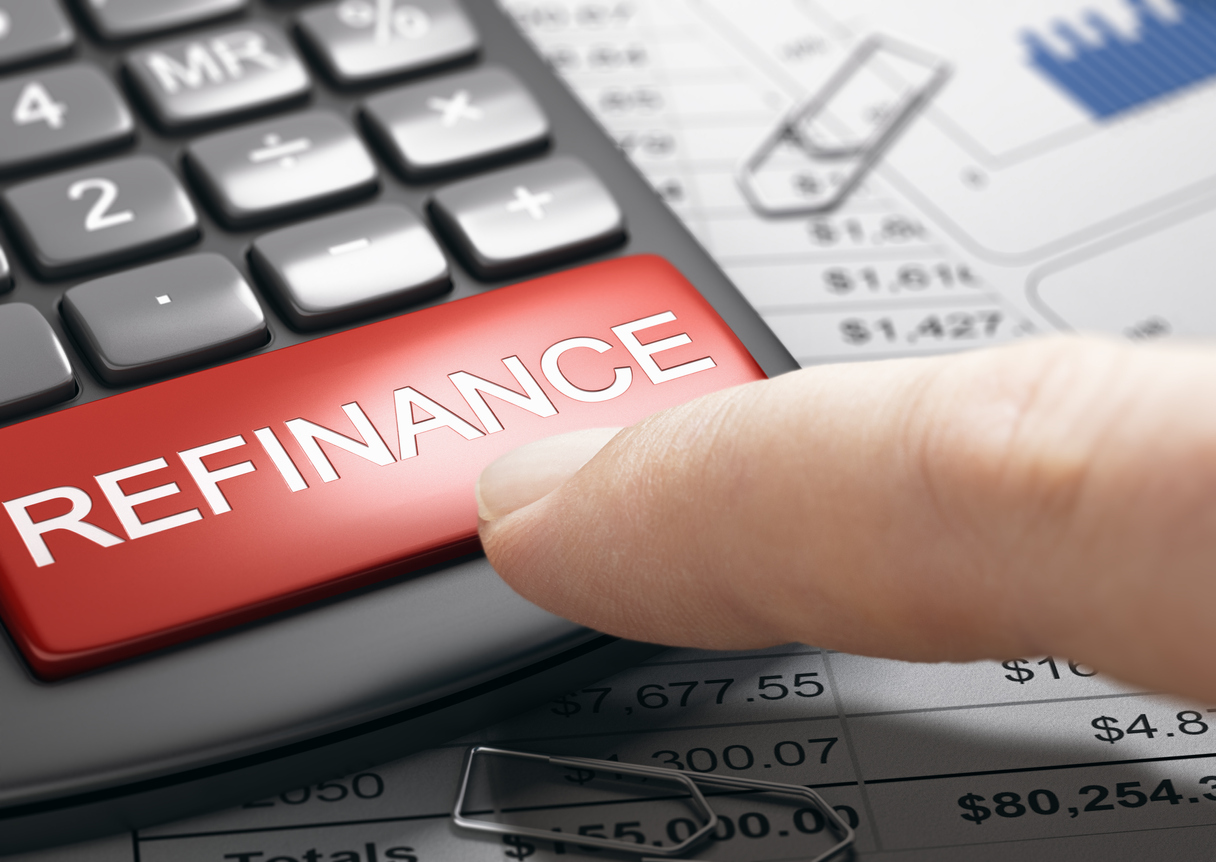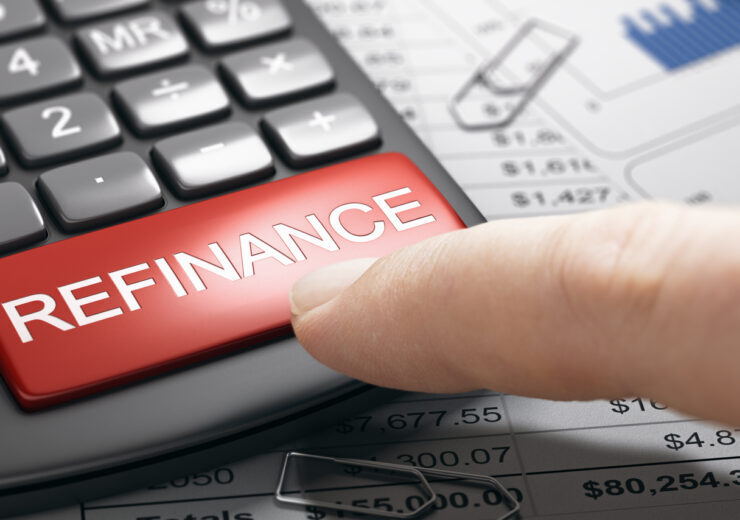Automating The Movement of Loan Assets from One Lender to Another

It’s an all-out war for the consumer loan business and debt refinancing. FinTechs and alternative lenders are targeting bank and credit union customers for their loan business and winning market share. But, traditional lenders are now fighting back with technology that finds and refinances mispriced debt held elsewhere. As noted by Jim Marous in The Financial Brand, the need is real, “If there is a single area where legacy banking organizations fall short of consumer expectations it is digital lending.” The mortgage loan refinancing boom has been raging for the past 5 quarters reaching 71% of the total mortgage volume in Q1 2021. And Fintechs like SoFI are going public by taking loan assets from traditional lenders’ balance sheets onto their own.
Refinancing assets from another lender to your balance sheet isn’t magic, but it requires a little innovation, technology, and good old subtraction.
The basic steps are:
- Automatically finding mispriced debt held elsewhere by your existing creditworthy customers or members.
- Determining whether or not the savings from refinancing justify the refinancing effort.
- Communicating the personal savings opportunity, in dollars, along with an easy path to refinancing.
- Helping customers do something personally meaningful with the savings from refinancing.
- Doing all of the above in a manner compliant with the law, specifically FCRA and UDAAP regulations.
- Doing all of the above cost-effectively.
Let’s examine the “how” in each of these steps:
Automatically finding mispriced debt held elsewhere by your existing creditworthy customers or members.
The credit bureaus and the financial institution have all the information needed to determine if debt held elsewhere by creditworthy customers is mispriced. After applying the financial institution’s credit criteria to current customers, the credit bureau has the tradeline information containing the open balance of loans held elsewhere, the current payment amount, and the remaining term. Simply put, the available balance can be “synthetically” refinanced using the financial institution’s current rate sheet to the same remaining term to determine if the refinanced payment is lower than that current payment.
Determining whether or not the savings from refinancing justify the refinancing effort.
Here’s where subtraction comes in. The amount of monthly savings is simply the old payment minus the new refinanced payment. Materiality thresholds are then applied to determine if it’s worth refinancing. For example, it’s not worth the customer’s time to refinance an auto loan to save $0.12 per month on her payment.
Communicating the personal savings opportunity, in dollars, to each customer along with an easy path to refinancing.
If material savings are found, e.g., $90/mo., that savings must be communicated in a language customers understand, dollars, not APRs. And it has to be “Amazon-easy” to apply for the loan for debt refinancing and achieve the stated savings. Communication occurs through the secure digital banking channels to ensure that the customer understands that this is a bona fide firm offer of credit offered by their financial institution and based on their own financial situation.
Helping customers do something personally meaningful with the savings from refinancing, which can be considerable.
The savings from refinancing can be considerable, from a few thousand dollars over the life of the loan to tens of thousands with mortgages. These savings can represent a windfall for digital banking users so prompting a use of funds conversation to achieve personal goals is appropriate. For example, use the savings to start a college fund for a child.
Doing all of the above in a manner compliant with the law, specifically FCRA and UDAAP regulations
Because the data involved in this series of computations are highly regulated under the Fair Credit Reporting Act (FCRA), and the communication of potential savings is covered under Unfair, Deceptive, or Abusive Acts or Practices (UDAAP), the structure of the firm offer of credit is essentially fixed but with individual values for each customer (e.g., unique current balance and payment, refinance payment) and the savings values themselves are intentionally understated to meet UDAAP requirements.
Doing all of the above cost-effectively.
The transition of credit marketing from direct mail to digital channels can introduce material campaign savings. These savings allow community financial institutions to run credit marketing campaigns continuously and cost-effectively. This was previously economically impossible for these institutions.
Innovation, technology, and good old subtraction are now allowing banks and credit unions to assure customers and members that, “We have your back!” We’ve now entered a new phase in banking wherein each customer or member can now receive personalized financial products, a unique refinancing value proposition, origination amount, interest rate, and term. CapitalOne was successful in the 1990s with a personalized credit card rate strategy via direct mail. It’s exciting to imagine the impact now with a fully personalized digital credit marketing strategy.




